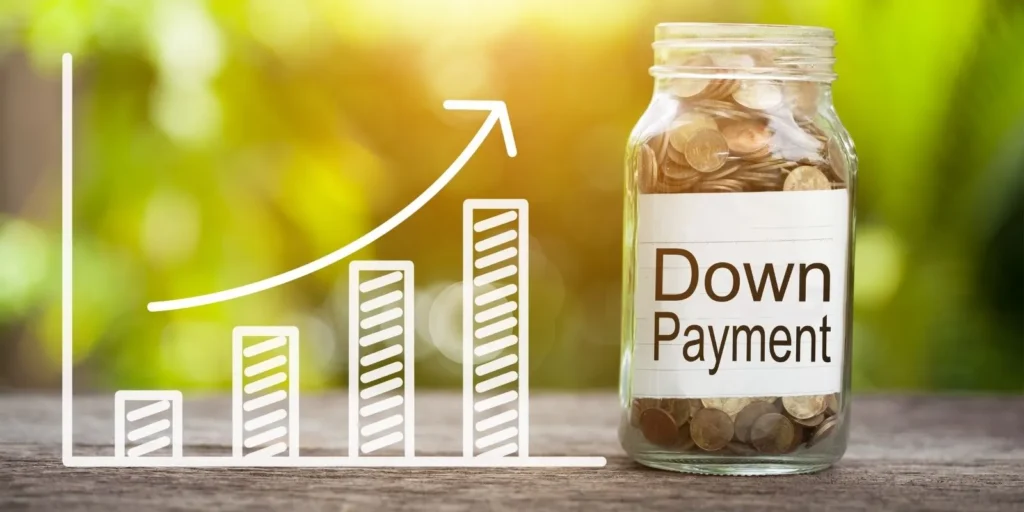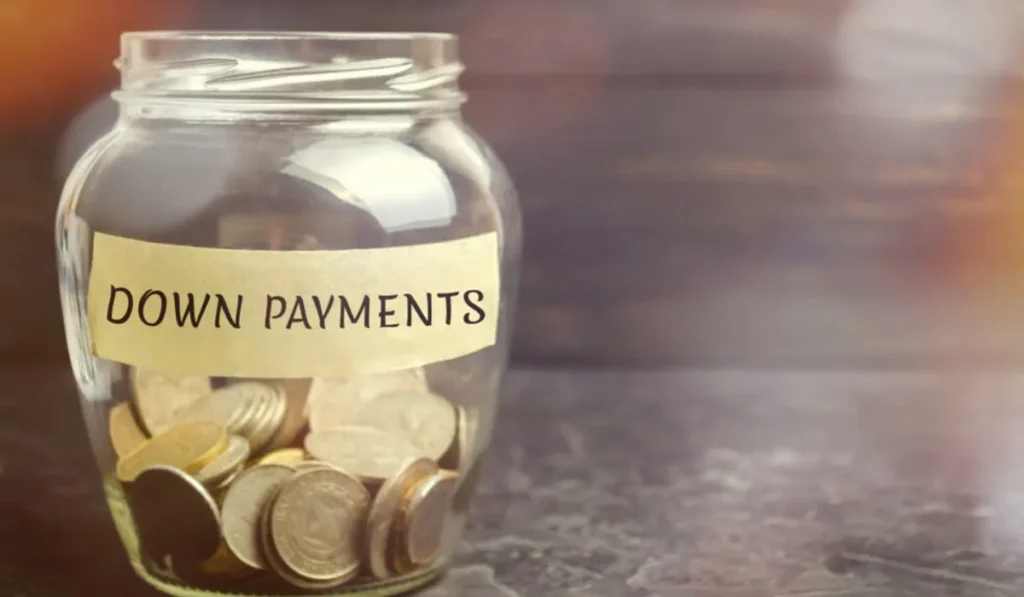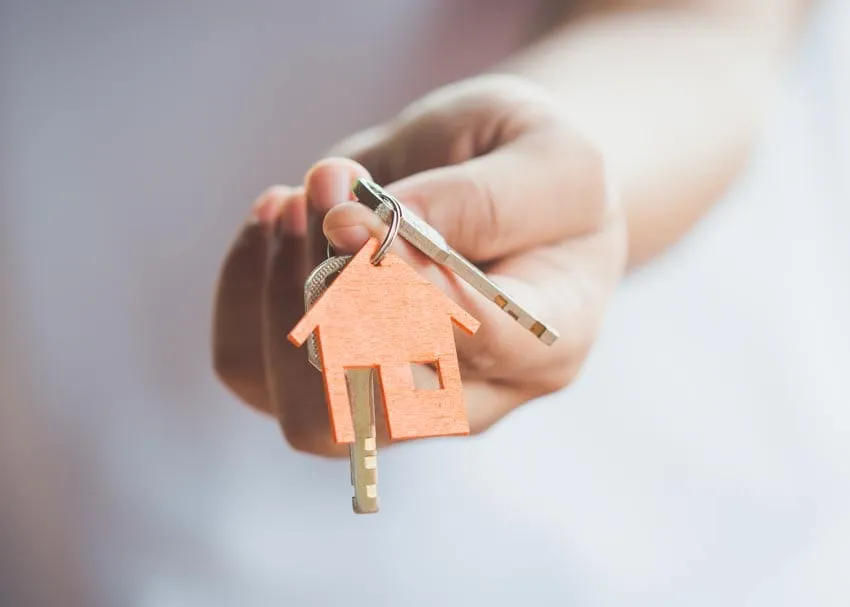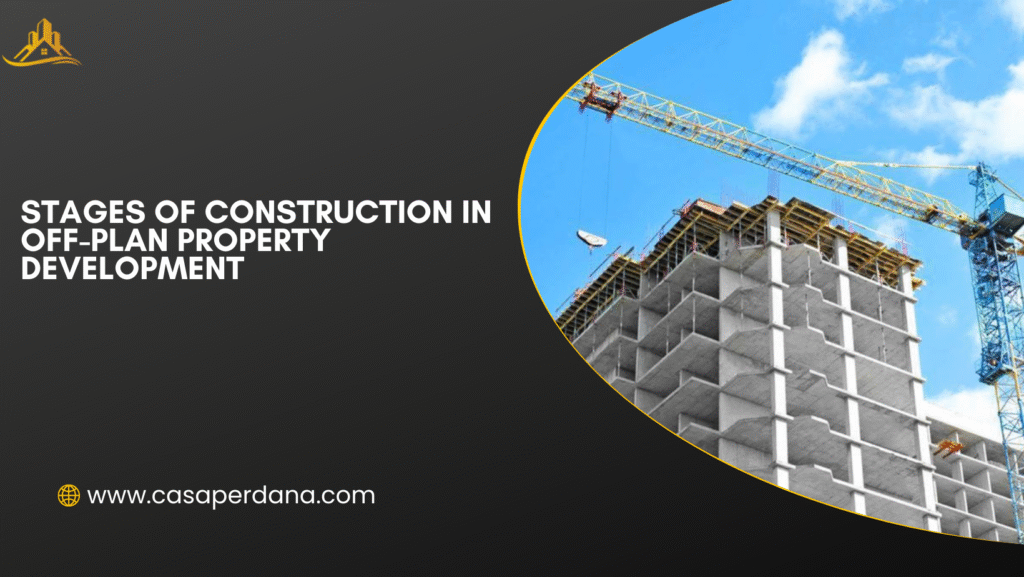Do you want to know the pros and cons of putting 20% down on a home? As you keep reading you will get to know the pros and cons of putting 20% down on a home.

Buying a home is one of the biggest financial decisions you’ll ever make, and your down payment plays a crucial role. Many experts recommend putting down 20% of the home’s purchase price, but is it always the best choice?
While a larger down payment can open the door to better mortgage terms and eliminate private mortgage insurance (PMI), it also comes with its own set of challenges. Saving that much money can delay your purchase, and it might stretch your finances thinner than you’d like.
Before committing to a 20% down payment, it’s important to weigh both the advantages and potential drawbacks carefully.
In this guide, we’ll break down the pros and cons of putting 20% down on a home, helping you make the smartest financial decision for your future.
The Pros and Cons of Putting 20% Down on a Home

When buying a home, one of the biggest financial decisions you’ll face is how much to put down upfront. Traditionally, a 20% down payment has been seen as the golden standard. While it offers several benefits, it may not be the right move for everyone.
Here are the pros and cons to help you decide what’s best for your situation.
Pros of Putting 20% Down

1. Avoid Private Mortgage Insurance (PMI)
One of the biggest advantages of putting down 20% is avoiding PMI. Private Mortgage Insurance protects the lender if you default on your loan, but it’s an extra cost for you.
PMI typically ranges from 0.5% to 1% of the loan amount annually. By reaching the 20% mark, you can eliminate this added monthly expense, saving thousands over the life of your loan.
2. Lower Monthly Payments
A larger down payment means you’re borrowing less money. As a result, your monthly mortgage payments will be lower.
This gives you more breathing room in your budget each month, making homeownership less stressful. Lower payments also mean more financial flexibility for other priorities, such as saving for retirement, home improvements, or travel.
3. Better Mortgage Terms
Lenders often reward larger down payments with better mortgage rates. With a 20% down payment, you are considered a lower-risk borrower.
This could qualify you for lower interest rates, which will save you a significant amount of money over the life of the loan. A lower interest rate also builds equity in your home faster.
4. Stronger Offers in Competitive Markets
In a hot real estate market, having a 20% down payment can make your offer stand out.
Sellers often prefer buyers with larger down payments because they view them as more financially stable and likely to close the deal. This could give you an edge over other buyers, especially if multiple offers are on the table.
Cons of Putting 20% Down

1. It Can Delay Homeownership
Saving up 20% can take years, especially with rising home prices. This delay could mean missing out on potential equity growth while you rent.
Meanwhile, home values could rise, pushing your dream home even further out of reach. For some buyers, getting into the market sooner with a smaller down payment makes more financial sense.
2. Drains Your Savings
Even if you can scrape together 20%, it might leave your emergency fund dangerously low.
Homeownership comes with unexpected costs repairs, maintenance, and property taxes can all hit hard. If you use all your cash on the down payment, you could be financially vulnerable right after moving in.
3. Opportunity Cost
The money tied up in a large down payment could potentially be used elsewhere.
Investments, retirement accounts, or even starting a business could offer higher returns than the savings from a lower mortgage balance. It’s important to weigh what you’re giving up when deciding how much to put down.
4. Not Always Necessary
Many loan programs today allow you to buy a home with much less than 20% down.
FHA loans, VA loans, and conventional loans with private mortgage insurance make homeownership accessible with down payments as low as 3% to 5%.
While a smaller down payment comes with added costs, it can get you into a home faster.
In conclusion, putting 20% down on a home offers undeniable financial benefits, but it isn’t the right move for everyone. It’s essential to consider your current financial health, future goals, and market conditions before deciding.
Related Post:




